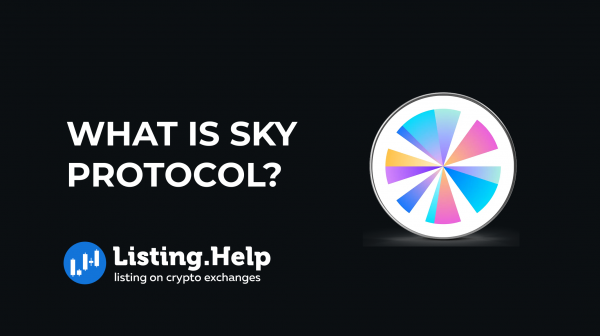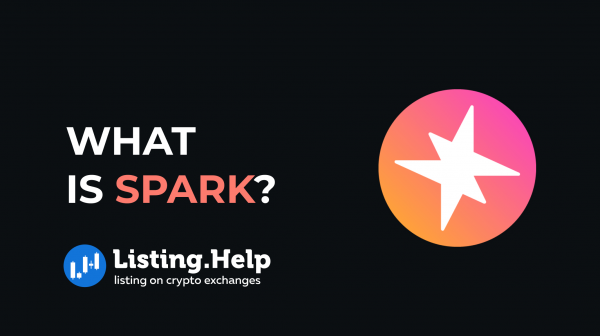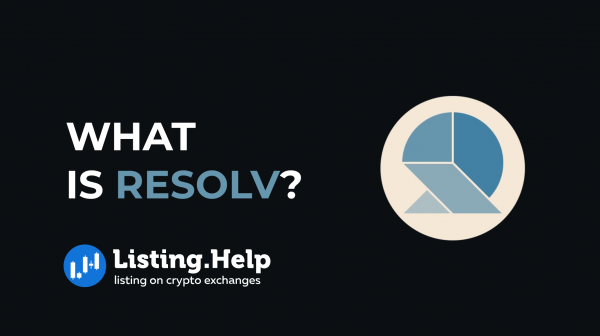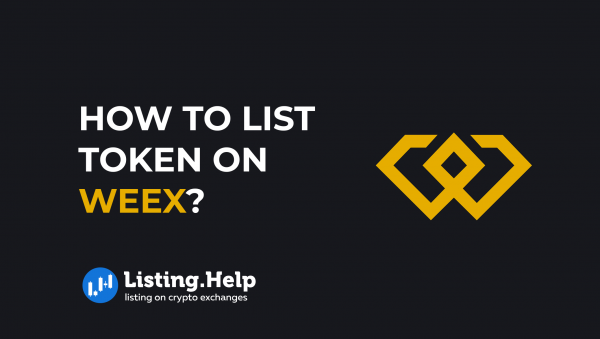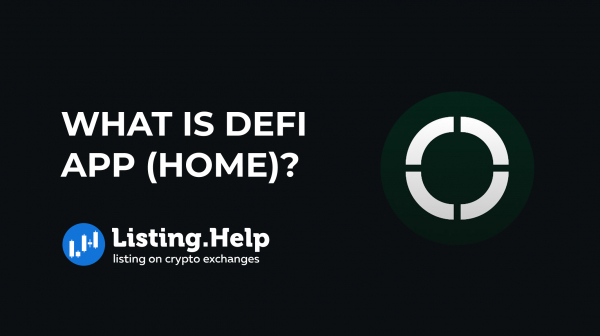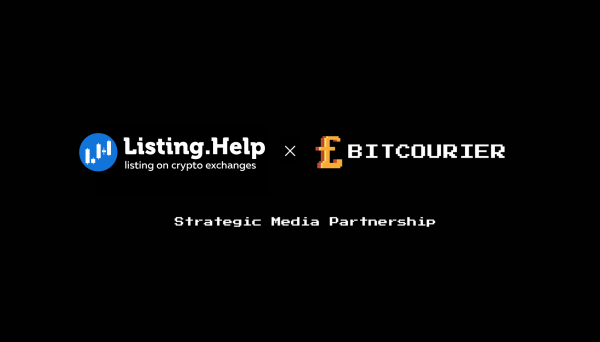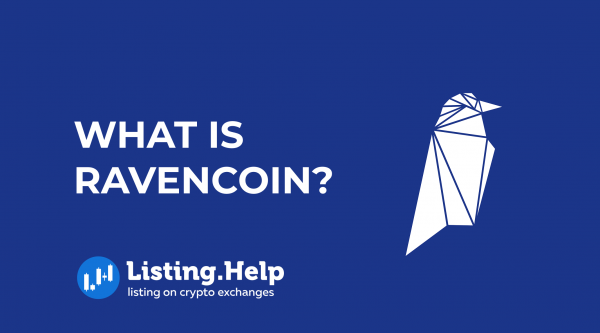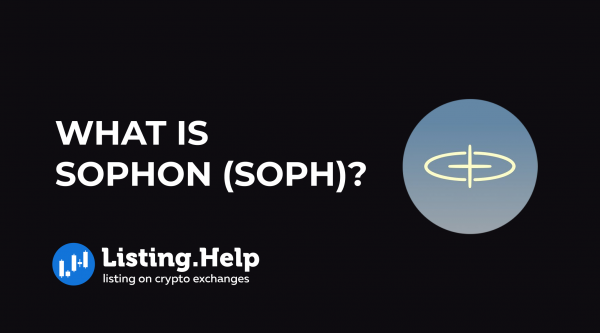What Are Validiums and How Do They Work?
 May 25, 2024
May 25, 2024 Updated: January 27 2025, 06:48
Updated: January 27 2025, 06:48
LEAVE A REQUEST
Launching your own token project? Our experts are ready to help with listing on exchanges, market making, marketing and other solutions
SUBMIT APPLICATIONBlockchain technology has advanced considerably over time, yet scalability continues to be a significant challenge. This article delves into validiums, explaining their operation and potential to enhance Ethereum’s scalability.
What is Validium?
Validiums are scaling solutions that use off-chain data availability and computation to boost throughput by processing transactions away from the Ethereum Mainnet. Similar to zero-knowledge rollups (ZK-rollups), validiums generate zero-knowledge proofs to confirm off-chain transactions on Ethereum. This mechanism prevents invalid state transitions, bolstering the security of a validium chain.
These “validity proofs” can be in the form of ZK-SNARKs (Zero-Knowledge Succinct Non-Interactive Argument of Knowledge) or ZK-STARKs (Zero-Knowledge Scalable Transparent ARgument of Knowledge).
User funds in validiums are managed by a smart contract on Ethereum. Validiums enable almost instant withdrawals, akin to ZK-rollups; after a withdrawal request’s validity proof is verified on the Mainnet, users can withdraw their funds by presenting Merkle proofs. The Merkle proof confirms the user’s transaction in a verified batch, permitting the on-chain contract to process the withdrawal.
However, there are risks associated with validiums, such as the potential freezing of funds and restricted withdrawals. This can occur if data availability managers on the validium chain withhold off-chain state data from users. Without transaction data, users are unable to generate the Merkle proof necessary to prove fund ownership and complete withdrawals.
The primary distinction between validiums and ZK-rollups lies in their approach to data availability. Their different methods of data storage impact security and trust.
How Do Validiums Work?
Validiums function by processing transactions off the Ethereum mainnet while ensuring validity and integrity through smart contracts on Ethereum. Here are the main components of validiums:
Transactions
To make a transaction using a validium, a user sends it to an operator. These operators, which can be single entities or groups chosen through a proof-of-stake (PoS) system, are responsible for handling transactions on the validium chain.
The operator collects transactions into a batch and processes them off-chain. After processing, the operator uses a proving circuit to generate a proof that the transactions were executed correctly.
State Commitments
Validium’s state, which includes all accounts and their balances, can be visualized as a Merkle tree. The state root, akin to a fingerprint of the entire state, is stored on Ethereum.
When transactions are processed, the operator updates the state root to reflect new balances and account states. This new state root, along with the proof of correct execution, is sent to the Ethereum mainnet.
Unlike zk-rollups, validiums do not require block producers to publish all transaction details on Ethereum. If Ethereum verifies the proof, the new state is accepted, and the validium updates accordingly.
Deposits and Withdrawals
Users can deposit funds from Ethereum into a validium by sending ETH or other tokens to a special contract on Ethereum. This contract communicates the deposit to the validium off-chain, crediting the user’s off-chain account.
To withdraw funds back to Ethereum, users submit a withdrawal request to the operator. The operator includes this request in a batch, and once the batch is verified on Ethereum, the users can withdraw their funds.
Validiums offer an efficient way to handle transactions off-chain while maintaining security and integrity through Ethereum, making them a valuable solution for improving scalability.
How Do Validiums Interact with Ethereum?
Validiums are scaling solutions designed to work alongside the Ethereum blockchain. Although transactions are processed off-chain, validiums rely on a series of smart contracts deployed on Ethereum’s Mainnet to manage their operation.
Smart Contracts
1. Verifier Contract: This contract is responsible for verifying the proofs submitted by the validium operator. These proofs confirm the validity of off-chain transactions and ensure data availability by verifying that the off-chain transaction data exists.
2. Main Contract: This contract stores state commitments, represented as Merkle roots, submitted by block producers. It updates the validium’s state once a validity proof is verified on-chain. Additionally, this contract handles deposits and withdrawals for the validium chain.
Interaction with Ethereum
Validiums depend on Ethereum for several critical functions:
Settlement
Transactions processed on a validium are not fully confirmed until their validity is verified by the Ethereum Mainnet. All operations conducted off-chain must be settled on the Mainnet. Ethereum provides “settlement guarantees,” ensuring that once off-chain transactions are committed on-chain, they cannot be reversed or altered.
Security
As the settlement layer, Ethereum ensures the validity of state transitions on the validium chain. Off-chain transactions executed on the validium are verified through a smart contract on Ethereum. If the verifier contract on Ethereum finds the proof invalid, the transactions are rejected. This enforces the validity conditions of the Ethereum protocol, which operators must meet before updating the validium’s state.
Benefits of Validiums
Efficiency
Validiums can handle up to 9,000 transactions per second (TPS) by shifting data storage and computation off the Ethereum mainnet. This high throughput is particularly beneficial for applications like decentralized exchanges (DEXes), where speed and cost-efficiency are essential.
Cost Reduction
By avoiding the need to post transaction data on-chain, validiums can significantly lower gas fees. Users benefit from reduced transaction costs, making validiums a cost-effective solution.
Enhanced Security
With off-chain data storage, validiums can provide greater privacy for transactions and an additional layer of security, all without sacrificing scalability.
Challenges of Validiums
Data Availability Risks
Validiums depend on off-chain data availability, which poses certain risks. If operators or data availability managers withhold transaction data, it can become impossible to generate the necessary proof for users to withdraw their funds.
Centralization Risks
Producing validity proofs requires specialized hardware, which might lead to centralization. If only a few entities can afford the needed resources, they could potentially dominate the network, compromising its decentralized nature.
Conclusion
Validiums are designed to scale the Ethereum network by processing transactions off-chain and ensuring their integrity with zero-knowledge proofs. By addressing the limitations of on-chain data storage, validiums improve transaction throughput, offering a significant advancement in solving the blockchain scalability issue.
For more insights and detailed discussions on blockchain scalability solutions and other tech innovations, be sure to visit our blog at https://listing.help/blog.






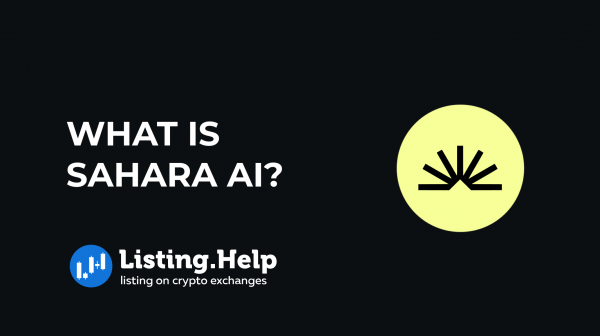
 July 2, 2025
July 2, 2025 